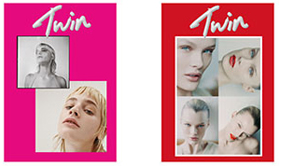Photographer Annie Collinge takes pictures that often conjure memories of childhood. Her most recent project, ‘Five Inches of Limbo’, borrows its name from a Margaret Atwood poem about dolls. In the photographs, Annie brings objects to life, pairing dolls she has found in flea markets and on the subway with women found in similar places.
Always shooting on film, instead of using digital photography, Annie’s pictures have a rawness about them, remaining unprocessed and off-key. Without using lighting or effects, her photographs provoke a feeling of otherworldliness, stirred by her delicately chosen subjects, often in costume against a suburban backdrop.
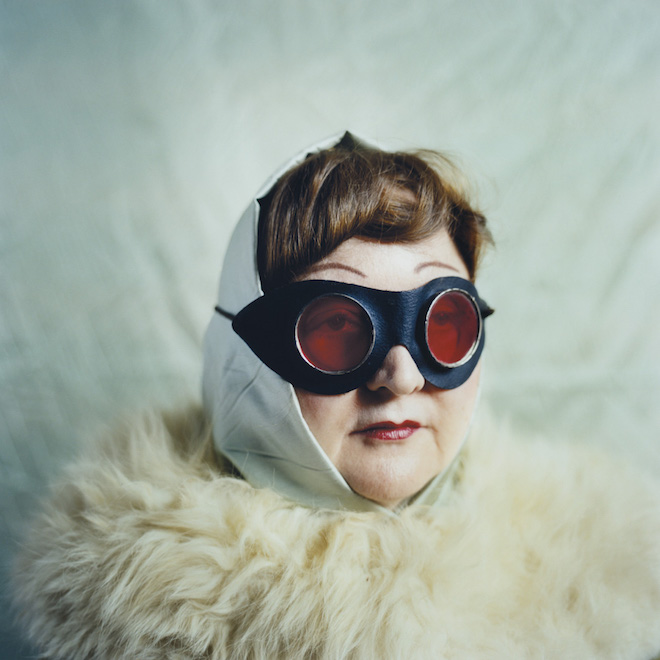
Here, Twin speaks to Annie about the art of inviting strangers back to her apartment, how Instagram has changed the way she works, and her plans for future projects.
Most of your projects use curated concepts instead of found imagery. Where do your ideas come from?
I tend to get ideas from all over the place, from dodgy window displays to car boot sales. I find the process of looking for unusual objects quite meditative, and very often an idea comes to me from an item I’ve found. I like to photograph human interactions with objects, so this usually starts with the object and then I work out how I can include someone.
Why do you tend to use women as subjects in your work?
In the past I tended to photograph a lot of women. I’ve always been interested in the idea of adornment, and women generally, not always, are more adored than men. For my ‘Five Inches of Limbo’ project, I had initially wanted to photograph both men and women, but then I realised that most of the doll’s faces, even if they were male, were made with a female doll face mold, maybe with a moustache drawn on later. I also found approaching strange women less daunting than inviting men back to my apartment to photograph them.
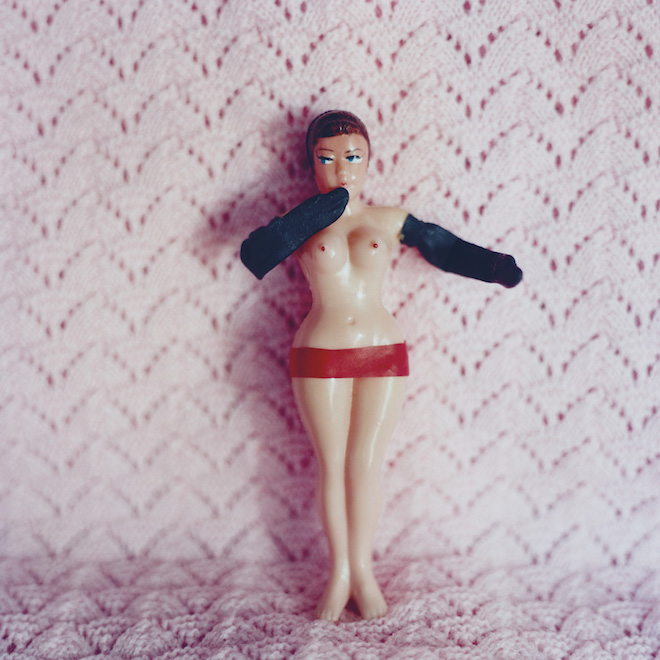
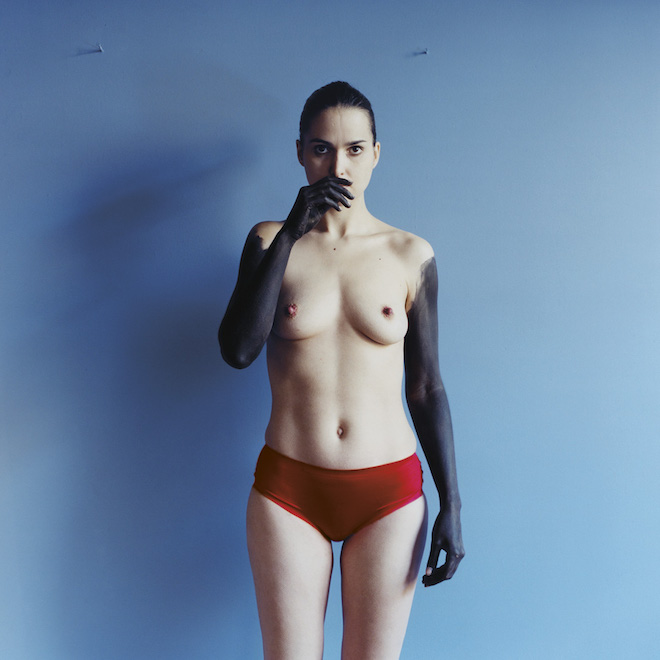
Many of your subjects are strangers. How do you go about approaching them?
Most of my subjects were strangers, apart from the woman with the red goggles on. She is my aunt Yolanda. I’d bought that doll in the Chelsea flea market and one day I was looking at it on my shelf and thought it really looked like Yolanda, which is how the project started. Once I shot her it was easier to approach people as I had an example to show them. I’ve definitely got quite used to approaching strangers now, but I still find it nerve wracking. You learn to brush off the rejections. The most helpful bit of advice I ever heard was from photographer Martin Parr. He said that you must never linger, you must always go straight up to someone. When you linger and they notice you staring at them, it starts to make people paranoid and can make them have a negative reaction to you. I remember sitting in a cafe in the East Village and seeing two girls at the next table, and thinking for too long how I would approach them. After about half an hour of them noticing me giving them strange looks, I went over and was so flustered I think I came across as a complete mad women. They never responded to my email, unsurprisingly.
How has social media impacted the way you work?
Instagram has been great for me, it’s brought my work to a much wider audience and has allowed me to reach out to all kinds of creatives that I may not have known how to contact otherwise. I’ve been working with designers Luke Brooks and James Theseus Buck on a few little projects. I basically just followed them on Instagram and messaged them. We have done a couple of shoots together and are working on a third one now. It’s really nice to work with people who have a similar way of making images and Instagram has allowed us to see how others view the world on day-to-day basis. It doesn’t just show us the polished work we create. It’s nice to see how someone can take an interesting picture of their shoelaces or a weird cloud in the sky without over-thinking the concept. I find that incredibly liberating.
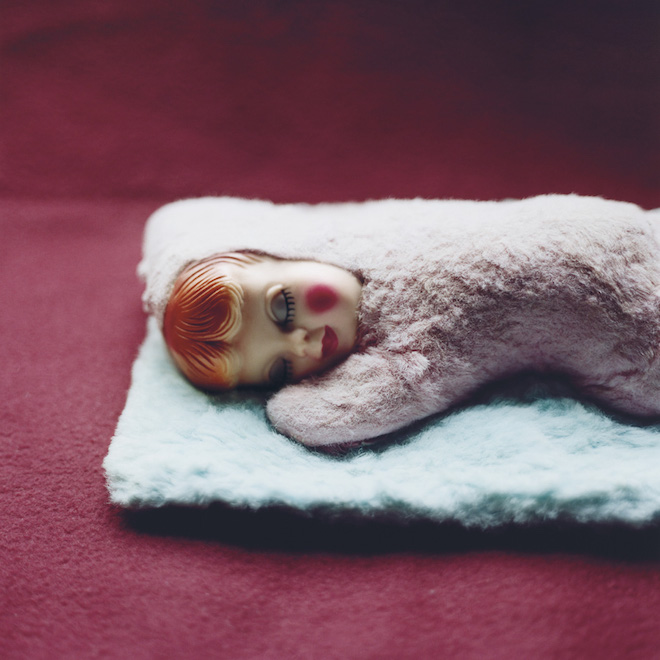
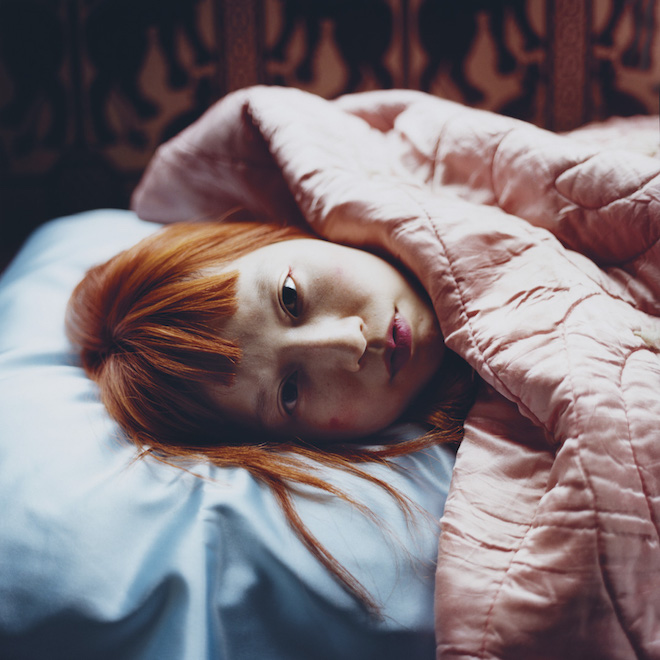
The name of your ‘Five Inches of Limbo’ project was taken from a Margaret Atwood poem. In what other ways did the poem influence your work?
When I read the poem I just knew that I had to include it in my project. It is the most amazing description of a doll I have ever heard, the idea that we carry around these little kind of corpses that never age and only decay. That they are watching us, and just existing, trapped with the expressions they were first manufactured with. It’s amazingly dark and I guess the idea for my project was taking something that is a version of real life, a doll, and turning it back into real life to see how it kind of mutates in the process, so I feel it relates to the poem because of this relationship between what’s real and what’s fake.
Where else do you draw inspiration from?
I think that the books I read as child had a huge influence on the way I make images. I remember how different drawings would make me feel and how I found some things a bit frightening but also a bit thrilling, like The Three Robbers by Tomi Ungerer or In The Night Kitchen by Maurice Sendak. The images were always beautiful and saturated, but at the same time a bit surreal and menacing. I realise now, having a child myself, how important those formative ideas are, and how we learn so much about world from those often strange stories.
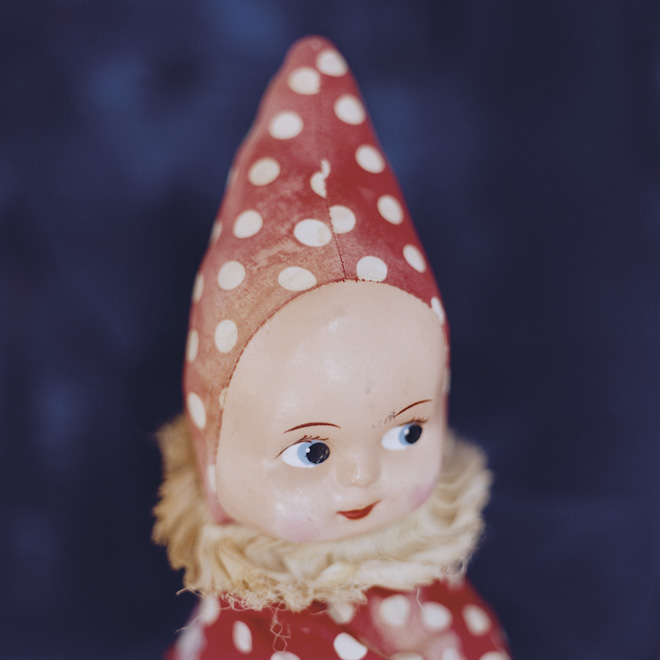
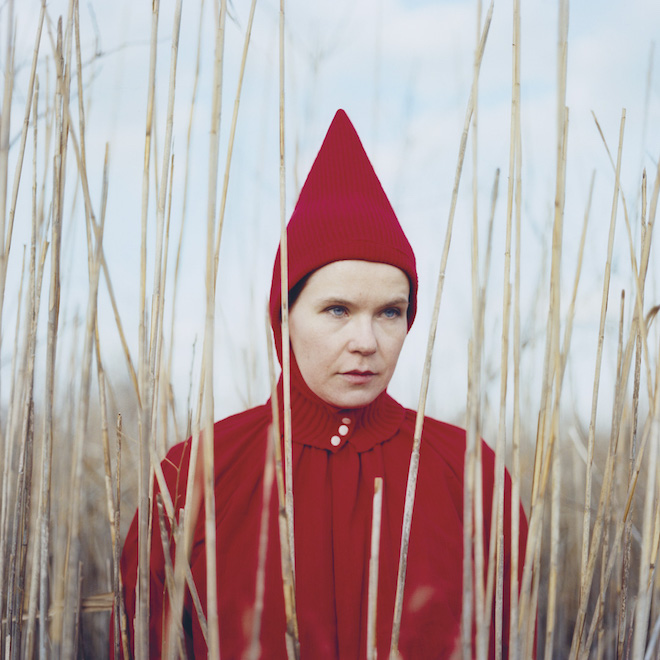
What do you hope people take away from your work?
I would like them to make their own mind up about it, that’s what I love about photography, the ambiguity of it. An image has to have some mystery to it, as that is what leaves a lasting impression.
Do you have any current plans for future projects?
My next big project is going to be a series of constructed images of my family. Not because my family are particularly exciting, but because I feel like I’ve recently been much more aware of how transiently we live, and how our relationships with our families are changing. I’d like to make constructed portraits of my sister, father and mother to preserve them in my own memory. Also because they are the people who I first took pictures of when I first started using a camera. I guess I’ve been photographing strangers a lot and I want to challenge myself to find out how I can see people close to me objectively and still make images interesting to other people.
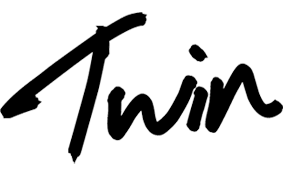
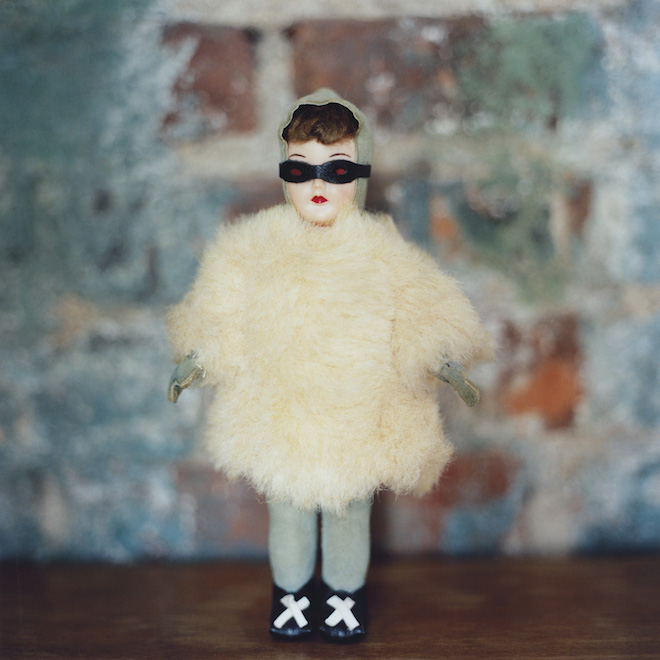
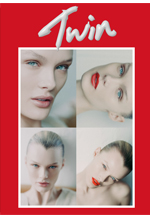
 Twitter
Twitter
 Tumblr
Tumblr
 YouTube
YouTube
 Facebook
Facebook
 Instagram
Instagram
